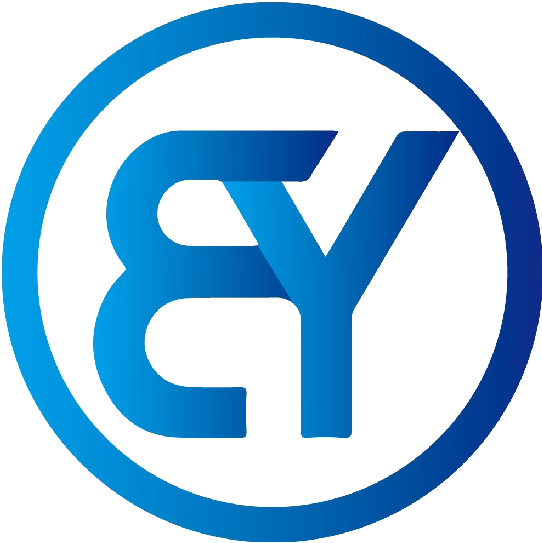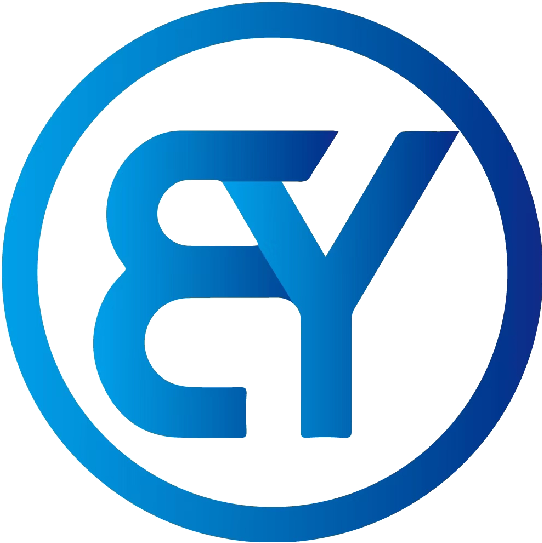Why Accurate Copper Pipe Measurement Matters for Industrial Success
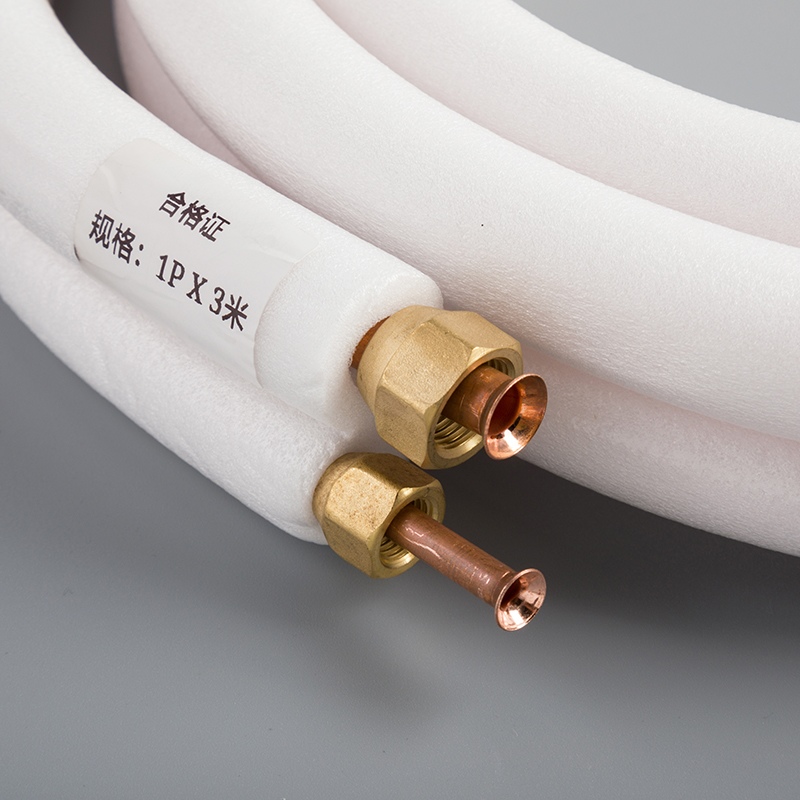
Why is accurate copper pipe measurement important? Precision in measuring copper pipes is essential for the success and reliability of various industrial operations. Accurate measurements ensure systems function efficiently and reduce risks such as leaks or failures. For instance, in HVAC systems, correctly measuring the outer diameter of copper pipes prevents leaks, boosts efficiency, and lowers costs. Similarly, in electrical systems, precise measurements ensure pipes fit perfectly into conduits, protecting cables and maintaining system integrity. High-pressure applications also rely on exact measurements to avoid potentially catastrophic failures. By focusing on accurate copper pipe measurement, you enhance safety, improve performance, and secure the long-term success of your operations.
Key Takeaways
Measuring copper pipes correctly stops leaks and keeps systems working well.
Wrong measurements can cause dangers, rule-breaking, and expensive fixes.
Tools like digital calipers and sound-based gauges help measure better.
Checking tools often is important to keep them accurate and safe.
Teaching workers how to measure right makes systems work better.
The Risks of Inaccurate Copper Pipe Measurement
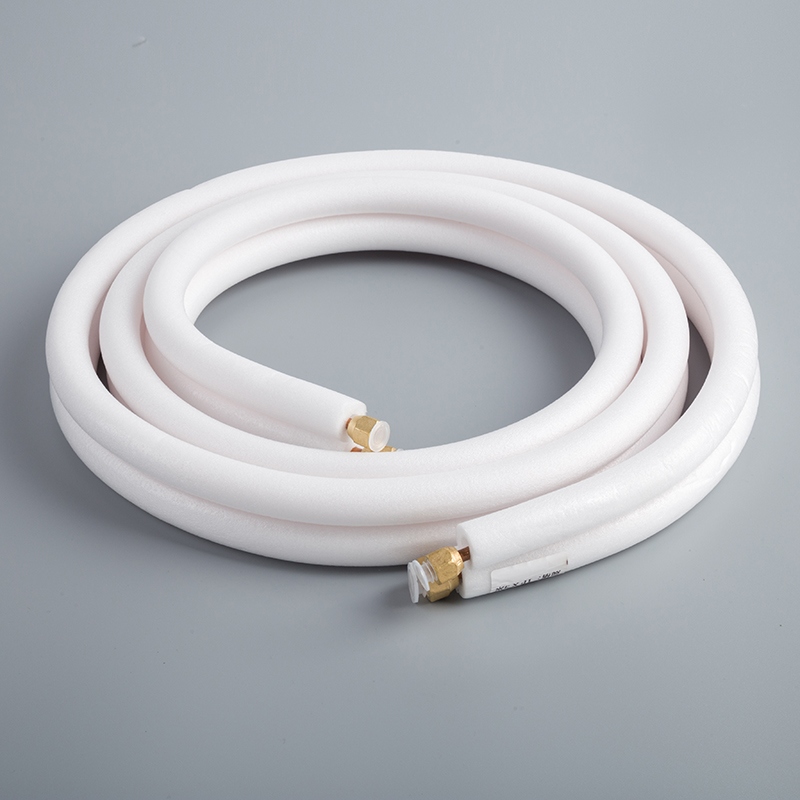
Equipment Malfunctions and System Failures
Inaccurate copper pipe measurement can lead to equipment malfunctions in industrial applications. When pipes are not measured correctly, they may not fit properly during installation. This can cause leaks, blockages, or misalignments in systems like HVAC systems or high-pressure systems. For example, in HVAC systems, improper pipe sizing can reduce efficiency and increase energy consumption. High-pressure systems, on the other hand, may experience dangerous failures if the pipes cannot handle the required pressure. Accurate measurement ensures that copper pipes perform as expected, preventing costly repairs and downtime.
Safety Hazards and Compliance Issues
Incorrect copper pipe measurement can create serious safety risks. Pipes that are too small or too large may fail under pressure, leading to accidents or injuries. In industrial applications, such failures can damage equipment or endanger workers. Additionally, improper measurements can result in non-compliance with industry standards and regulations. Compliance is critical for maintaining safety and avoiding legal penalties. By prioritizing accurate measurement, you can ensure that your installations meet safety requirements and protect both people and equipment.
Financial Losses and Project Inefficiencies
Inaccurate measurement of copper pipes often leads to financial setbacks. Miscalculations can result in wasted materials, delays, and increased labor costs. For instance, if a pipe needs to be replaced due to incorrect sizing, the project timeline may extend, increasing expenses. In industrial applications, inefficiencies caused by poor measurement can disrupt operations and reduce profitability. Accurate measurement minimizes waste and ensures that resources are used effectively. This not only saves money but also improves overall project efficiency.
The Benefits of Accurate Copper Pipe Measurement
Optimized Operational Efficiency
Accurate copper pipe measurement plays a vital role in improving operational efficiency. When you measure copper tubes with precision, you ensure a perfect fit. This reduces the chances of leaks and misalignments, which are critical for maintaining the efficiency of high-pressure systems. Proper measurement also eliminates confusion when selecting components. You can confidently choose compatible parts, streamlining the installation process and avoiding unnecessary delays. Additionally, accurate measurements simplify installation, allowing projects to finish faster and with fewer errors. These benefits collectively enhance the overall quality and performance of your industrial systems.
Enhanced Safety and System Integrity
Precise copper pipe measurement directly impacts safety and system integrity. In industrial operations, even minor inaccuracies can lead to significant risks. For example, in a 2oo3 emergency shutdown system, three independent pressure switches monitor a process. If two of them detect overpressure, the system shuts down, ensuring safety. Accurate measurement ensures that copper tubes fit correctly, reducing the likelihood of system failures. For sensors measuring analog variables, techniques like median filtering maintain accuracy and prevent unnecessary shutdowns caused by sensor errors. By prioritizing measurement accuracy, you protect both workers and equipment while maintaining the integrity of your systems.
Cost Savings and Resource Management
Accurate copper pipe measurement helps you save money and manage resources effectively. Miscalculations often lead to wasted materials and increased labor costs. For instance, replacing a copper tube due to incorrect sizing can delay projects and inflate expenses. Precise measurement minimizes waste by ensuring that every pipe fits perfectly the first time. This reduces material costs and prevents project inefficiencies. Additionally, accurate measurements improve resource allocation, allowing you to complete projects on time and within budget. By focusing on measurement accuracy, you achieve cost savings while maintaining high-quality standards in your operations.
Tools and Technologies for Accurate Measurement
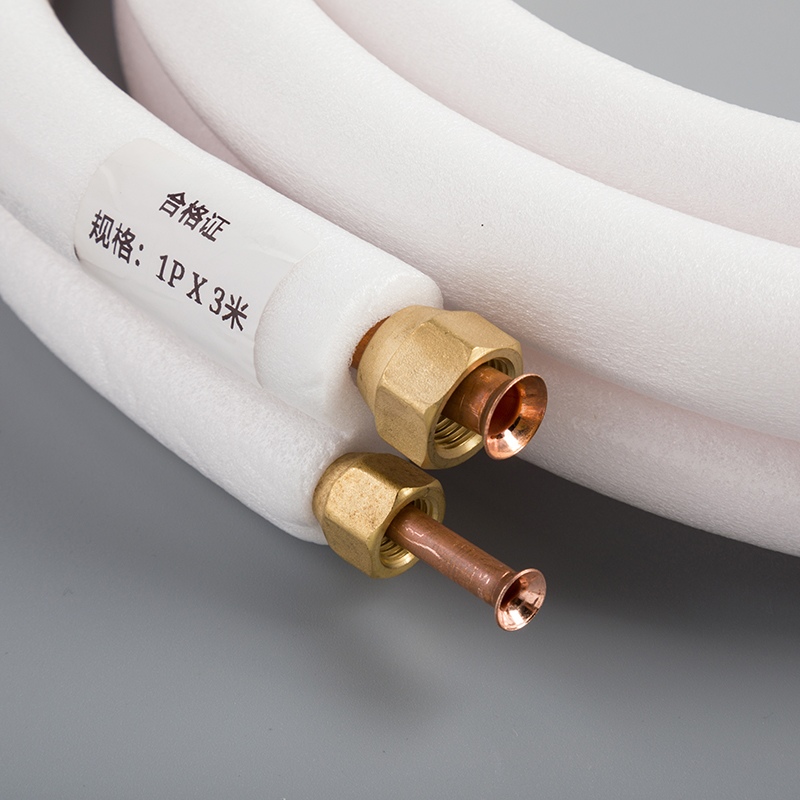
Accurate measurement of copper pipes requires the right tools and technologies. Whether you are working on basic installations or advanced industrial systems, selecting the appropriate equipment ensures precision and efficiency.
Manual Tools for Basic Measurements
Manual tools are essential for straightforward copper pipe measurements. Commonly used options include:
String
Calipers
Ruler
Tape measure
Among these, calipers and string provide higher accuracy. For instance, calipers can measure the outer diameter of a pipe with precision, making them ideal for applications requiring exact specifications. On the other hand, rulers and tape measures are more suitable for quick, less precise measurements. While these tools are simple to use, they may not always meet the demands of analyzing copper in complex systems.
Digital and Laser-Based Devices
Digital and laser-based devices offer a significant upgrade in accuracy and ease of use. Digital calipers, for example, allow you to measure pipe thickness with exceptional precision. These tools display measurements on a digital screen, reducing the chances of human error. Laser-based devices, such as laser distance meters, are particularly useful for measuring long pipes or hard-to-reach areas. They provide fast and reliable results, making them indispensable for projects involving copper alloys or other metals. By using these advanced tools, you can ensure your measurements align with industry specifications.
Advanced Industrial Measurement Technologies
For large-scale industrial applications, advanced technologies take measurement accuracy to the next level. Ultrasonic thickness gauges, for example, are designed to measure the thickness of copper pipes without causing damage. These devices use sound waves to determine pipe dimensions, making them ideal for testing pipes in high-pressure systems. Additionally, 3D scanning technologies allow you to create detailed models of copper pipes, enabling precise metal analysis and ensuring compatibility with system designs. These cutting-edge tools not only enhance accuracy but also streamline the process of testing and verifying pipe specifications.
By choosing the right tools and technologies, you can achieve accurate measurements, maintain system integrity, and meet the demands of modern industrial applications.
Best Practices for Maintaining Measurement Accuracy
Regular Calibration of Measurement Tools
Regular calibration of your measurement tools ensures accurate readings and reliable results. Without proper calibration, tools may produce errors, leading to unsafe conditions and inconsistent outcomes. Calibration offers several benefits:
Safety: Accurate tools prevent unsafe working conditions, protecting employees.
Compliance: Many industries require precise calibration to meet regulations and avoid penalties.
Consistency: Properly calibrated tools maintain product quality and customer satisfaction.
Longevity: Accurate tools reduce wear on equipment, extending its lifespan.
Cost savings: Efficient tools save raw materials and lower operational costs.
You should schedule routine calibration for all tools used in copper pipe measurement. This practice ensures that your tools remain dependable during inspections and quality checks. It also supports material quality control by providing precise data for positive material verification.
Training Technicians for Precision
Technicians play a critical role in maintaining measurement accuracy. Proper training equips them with the skills needed to handle tools and perform inspections effectively. You should focus on teaching technicians how to measure copper pipes accurately and interpret results correctly. Hands-on training sessions can improve their confidence and reduce errors.
Encourage technicians to stay updated on the latest measurement technologies. Familiarity with advanced tools, such as ultrasonic gauges or laser devices, enhances their ability to perform precise inspections. Well-trained technicians ensure that every pipe meets the required specifications, improving overall system performance.
Implementing Quality Assurance Protocols
Quality assurance protocols help you maintain high standards in copper pipe measurement. These protocols include regular inspections, verification processes, and documentation of results. By implementing these measures, you can identify and correct errors early, preventing costly mistakes.
You should establish a clear process for positive material verification and material quality control. This ensures that every pipe meets industry standards before installation. Additionally, periodic quality checks help you monitor the performance of your tools and technicians. A robust quality assurance system guarantees consistent results and enhances the reliability of your operations.
Accurate copper pipe measurement is essential for achieving industrial success. It ensures safety, boosts efficiency, and reduces costs. By addressing measurement risks and using the right tools, you can optimize performance and avoid costly errors.
Tip: Investing in precision today safeguards your operations for the future.
Prioritizing accuracy not only enhances system reliability but also supports long-term sustainability. When you focus on precise measurements, you build a foundation for operational excellence and consistent results.
FAQ
What is the best tool for measuring copper pipes?
The best tool depends on your needs. For basic tasks, use calipers or a tape measure. For higher precision, digital calipers or laser-based devices work well. Industrial applications benefit from ultrasonic gauges or 3D scanners.
Tip: Always choose tools that match your project’s complexity.
How often should you calibrate measurement tools?
You should calibrate tools regularly, ideally every six months or as recommended by the manufacturer. Frequent use or exposure to harsh conditions may require more frequent calibration.
Note: Regular calibration ensures accurate readings and prevents costly errors.
Can inaccurate measurements affect safety?
Yes, inaccurate measurements can lead to pipe failures, leaks, or pressure issues. These problems may cause accidents, equipment damage, or non-compliance with safety standards. Accurate measurements protect workers and maintain system integrity.
Are manual tools still reliable for industrial use?
Manual tools like calipers and rulers are reliable for simple tasks. However, they may not meet the precision required for complex industrial systems. Digital or advanced tools provide better accuracy and efficiency for demanding applications.
Why is training technicians important for accuracy?
Proper training ensures technicians know how to use tools correctly and interpret results accurately. Skilled technicians reduce errors, improve system performance, and ensure compliance with industry standards.
Emoji Reminder: 🛠️ Well-trained technicians are your best asset for precision!
See Also
Simple Tips for Accurately Measuring Copper Pipe Sizes
Step-by-Step Instructions for Measuring Copper Pipe Effectively
Proven Techniques for Measuring Copper Pipes with Ease
The Ultimate Resource for Measuring Copper Pipe Dimensions
Understanding Copper Pipe Sizes: A Complete Informative Guide
